We know many have you have already guessed the main inspiration behind View B of the Aidah Gown, but what about all the other things that went into the pattern? Here’s a look at the inspiration and research behind the Aidah Gown!
The Aidah Gown pattern had its origins in the same research that gave rise to the Angelica Gown pattern. We knew we wanted to make an Italian gown pattern, and we knew we wanted it to be really good, and really good begins with LOTS of research. We began by looked at extant Italian gowns in private collections and museums. We also assemble huge inspiration boards of items from online databases, noting details and similar design and construction elements.
And then we realised that there are so many options for Italian gowns that there was no way to include them all in one pattern.
So I organised things into spreadsheets, noting pattern cuts and techniques. What elements appear together often? What elements never appear together?
At the same time we tested. What processes and techniques really work well together? What combinations are very tricky to do. How did they even do things like the tabbed bodices?
Breaking things down like this helped us to figure out what should be in the Angelica pattern, and what should be in the Aidah, so each pattern gave you a lot, was a completely distinct pattern, and each worked as beautifully as possible.
Here are the publicly shareable Italian gowns that inspired the Aidah…
The Aidah Gown pattern is available as a digital download from ScroopPatterns.com, and as a paper pattern from Virgil’s Fine Goods.
View A:
This gown was one of our primary inspiration pieces for View A. It has all the elements: the moderate front point and wide front neckline, and the two panel back and lower squared-off back neckline.
Isn’t the fabric spectacular? I live in hope of finding something similar to make an Aidah with…
This silk gown at LACMA also features spectacular fabric, and also features the front point shape of the Aidah:
We also looked at some extant gowns in collections that we can’t show you, as well as every available published resource of Italian gowns.
View B:
Many of you will have already recognised the primary inspiration behind View B:
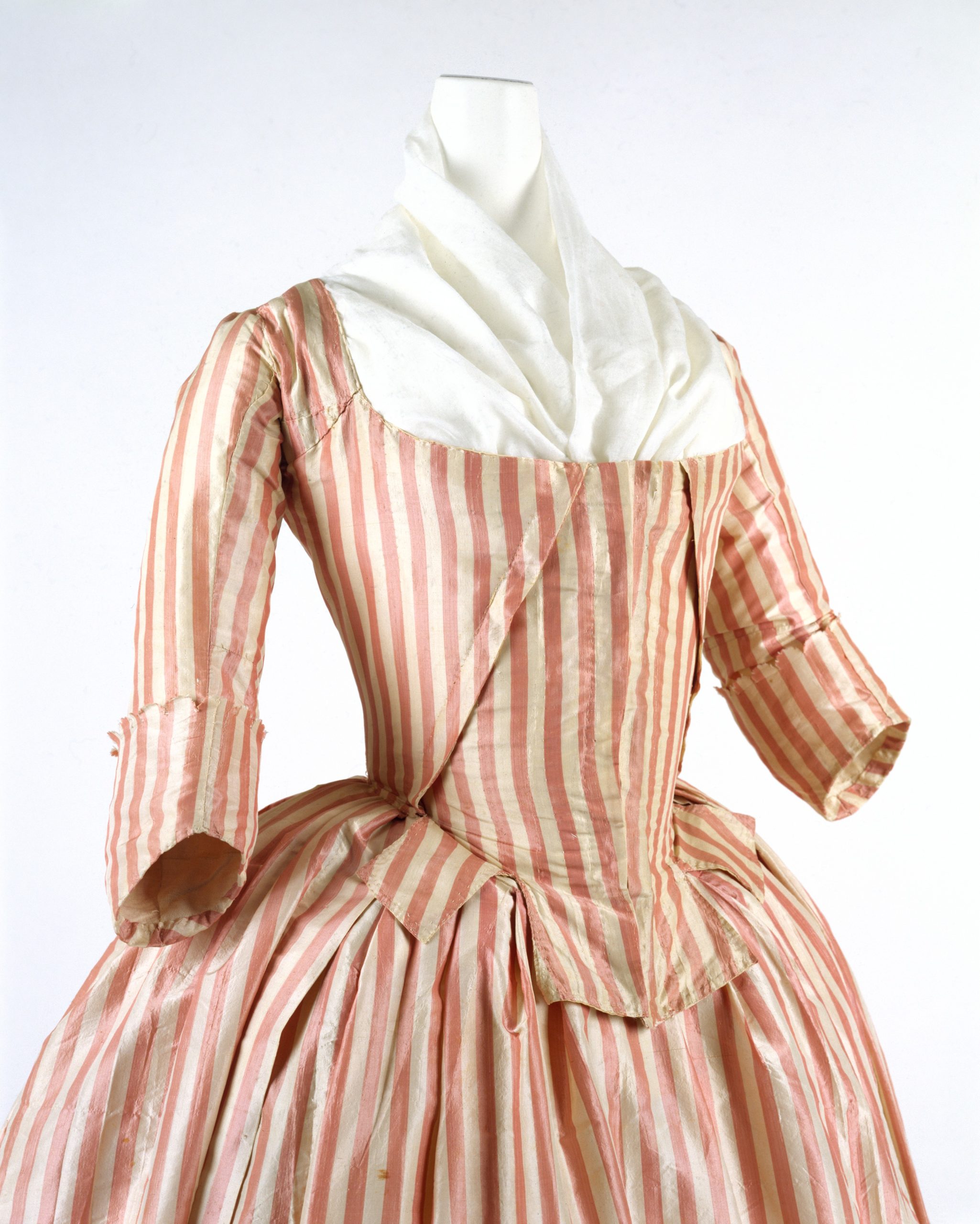
Robe à l’Anglaise, 1785–87, French, silk, Metropolitan Museum of Art, C.I.66.39a, b.jpg
This pink and white striped satin gown is wildly popular in the historical costuming community, and that no surprise. It’s gorgeous!
We also looked at:
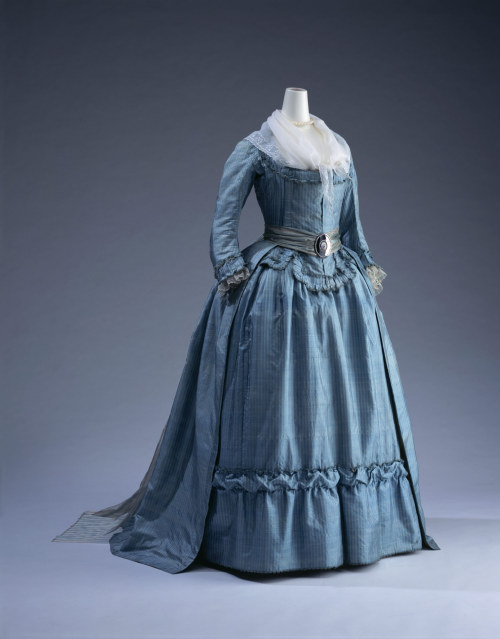
Dress, 1780s, The Kyoto Costume Institute
And:
And:
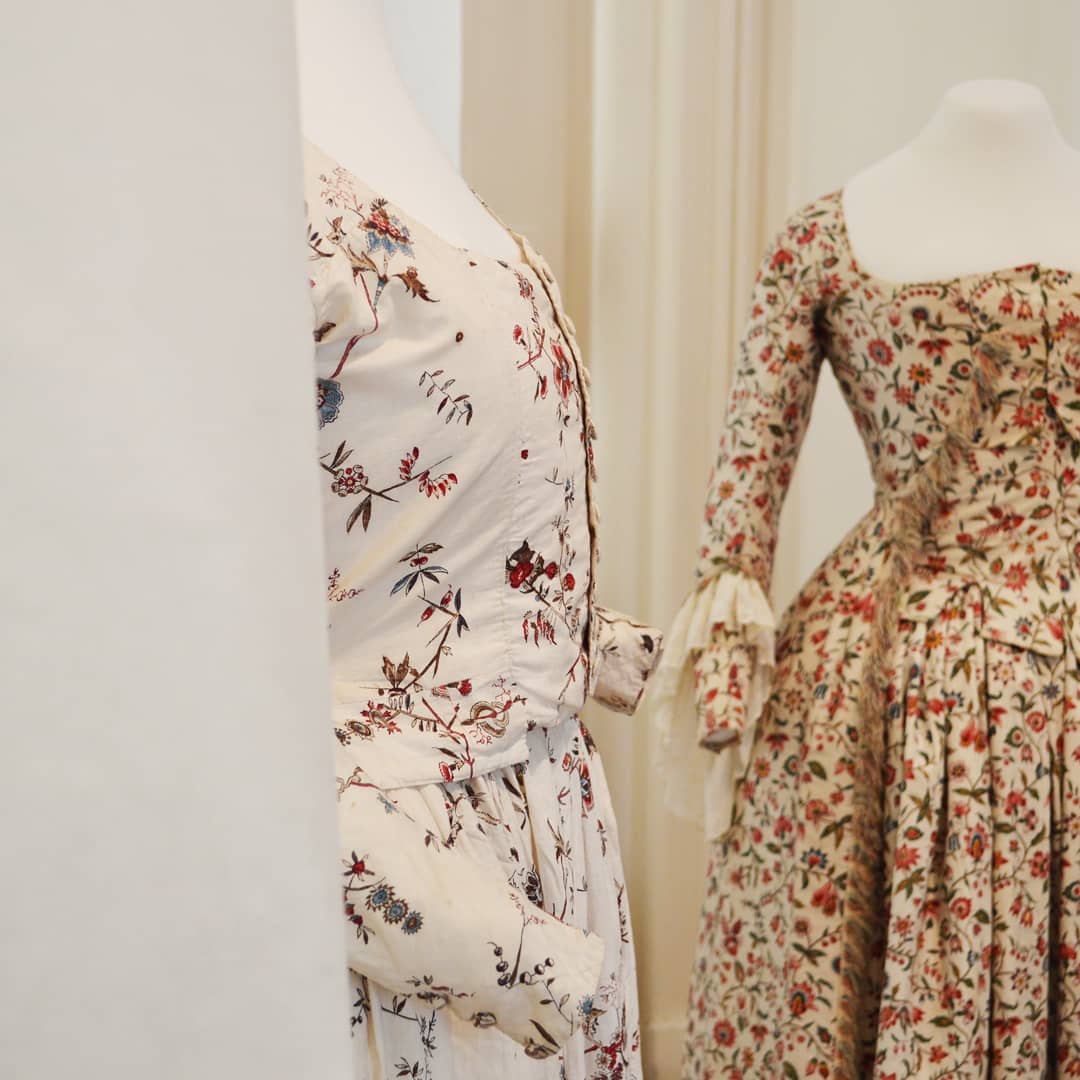
Gown featured in ‘The Texture of My Wardrobe’ on display 2019-2020, museetdj@jouy-en-josas.fr
The primary back inspiration for View B, with those beautiful straight seams that point down the back in a V, is this gorgeous gown, also from the Met:
This gown is has the side seams of the Angelica Gown. If you wanted to replicate it exactly you could mash up the two patterns (Sewstine did a GORGEOUS recreation when she tested the Angelica Gown).
Interestingly, 1976.146a, b, shown behind the yellow gown, like the Aidah, does not have side seams:
We also looked at the back of this gown in the V&A:
And this gown which was sold by Augusta Auctions:
Closures:
The Aidah Gown has two fastening options: pinned closures and hooked closures.
It’s very hard to research closures on 18th century garments from museum images. Gowns of this age are very fragile, and conservators often build interior supports to hold the gowns closed, and to distribute the stress of display as evenly as possible across the garment.
So our research on closures was based on looking at extant garments in collections, and on document extant garments in books.
Janet Arnold’s Patterns of Fashion 1 shows an Italian Gown described as “a polonaise in cream silk” (it’s not a polonaise – Arnold used the term incorrectly) with hooked fastening on Page 37, and patterned on Page 36.
Arnold has another example of an Italian Gown, this one described as an ‘open gown with matching petticoat’ that fastens with hooks and loops on page 40, and patterned out on Page 41.
Although it’s not an Italian Gown, Patterns of Fashion 6 shows a Sack Gown with a hooked front on pages 88 and 89. It even has alternating hooks and loops. The book also contains other examples of garments that fasten with hooks in various configurations.
Sleeves:
The Aidah has a two-piece sleeve pattern, in contrast to the Angelica’s one piece sleeve. This is less common on extant Italian gowns, and more likely to show up on later gowns, but definitely existed.
A two piece sleeve made it easier to include a long-sleeved option. There are very few extant examples Italian Gowns with long sleeves. The gown sold by Augusta Auctions which also helped inspire the back seams is one of the few examples. The long sleeves may be one of the things that was altered in the 1790s, although the gown also has signs of further, even more recent, alterations.
Although there isn’t a lot of evidence for long sleeves on Italian gowns, we included them for people who want to recreate film and theatre costumes with long sleeves, and for cosplayers, and so to make the pattern easier to alter to recreate some of the many fascinating transitional styles of the 1780s and 90s that do have long sleeves.
Although it’s not a dress, we did look at this jacket and petticoat from Colonial Williamsburg.
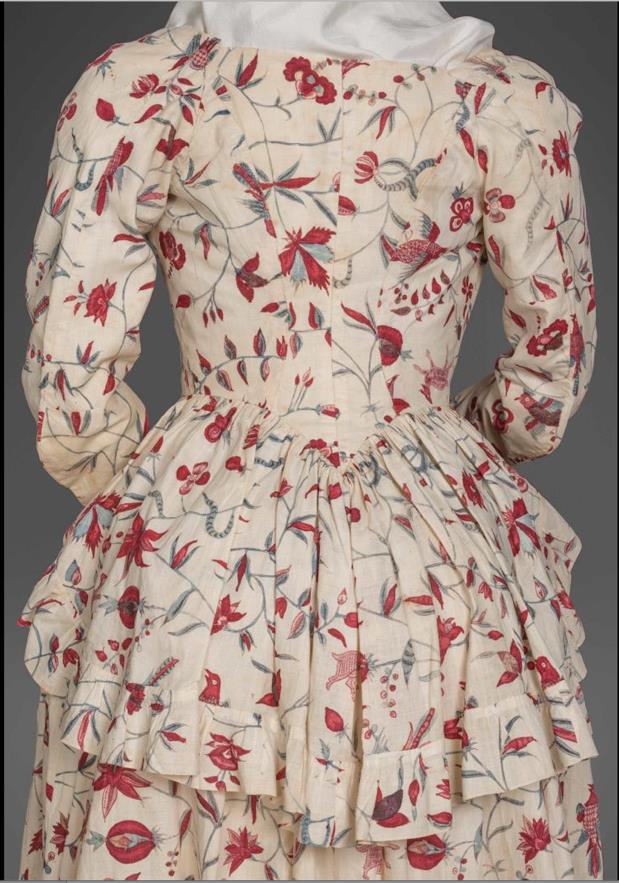
Woman’s Jacket and Petticoat worn by Ann Van Rensselaer, c. 1790. Albany, NY. Textile- India. Cotton chintz, mordant painted and dyed; tabby linen lining. The Colonial Williamsburg Foundation. 1990-10
Jackets tend to have different construction techniques to gowns, but the pattern shapes of this jacket are similar to an Italian gown, just with a longer jacket.
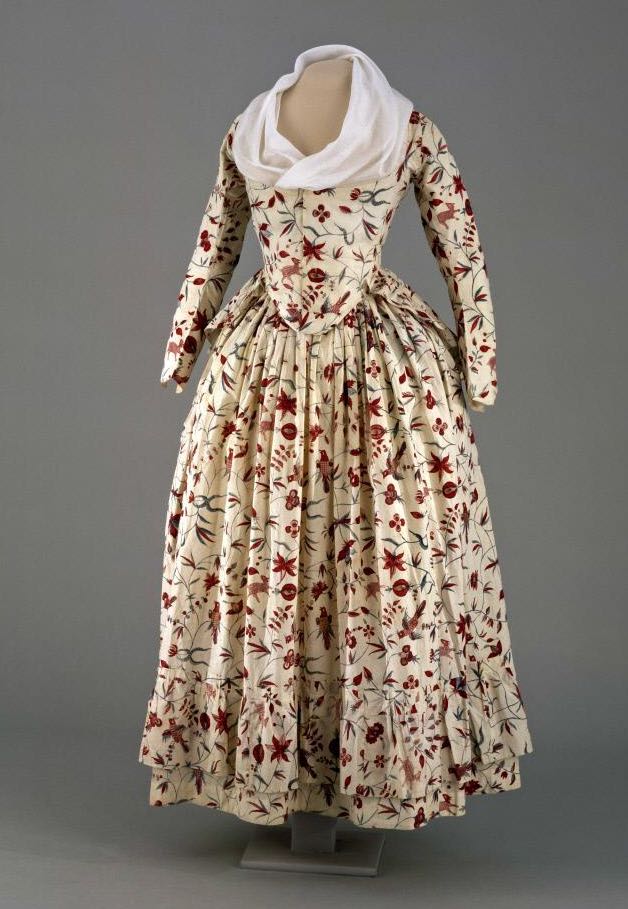
Woman’s Jacket and Petticoat worn by Ann Van Rensselaer, c. 1790. Albany, NY. Textile- India. Cotton chintz, mordant painted and dyed; tabby linen lining. The Colonial Williamsburg Foundation. 1990-10.jpg
The Aidah could easily be used as a base pattern to make a similar jacket, right down to the long sleeves.
And, of course, we hope lots of people use the long sleeves for more cosplay inspired looks!
The Aidah Gown pattern is available as a digital download from ScroopPatterns.com, and as a paper pattern from Virgil’s Fine Goods.



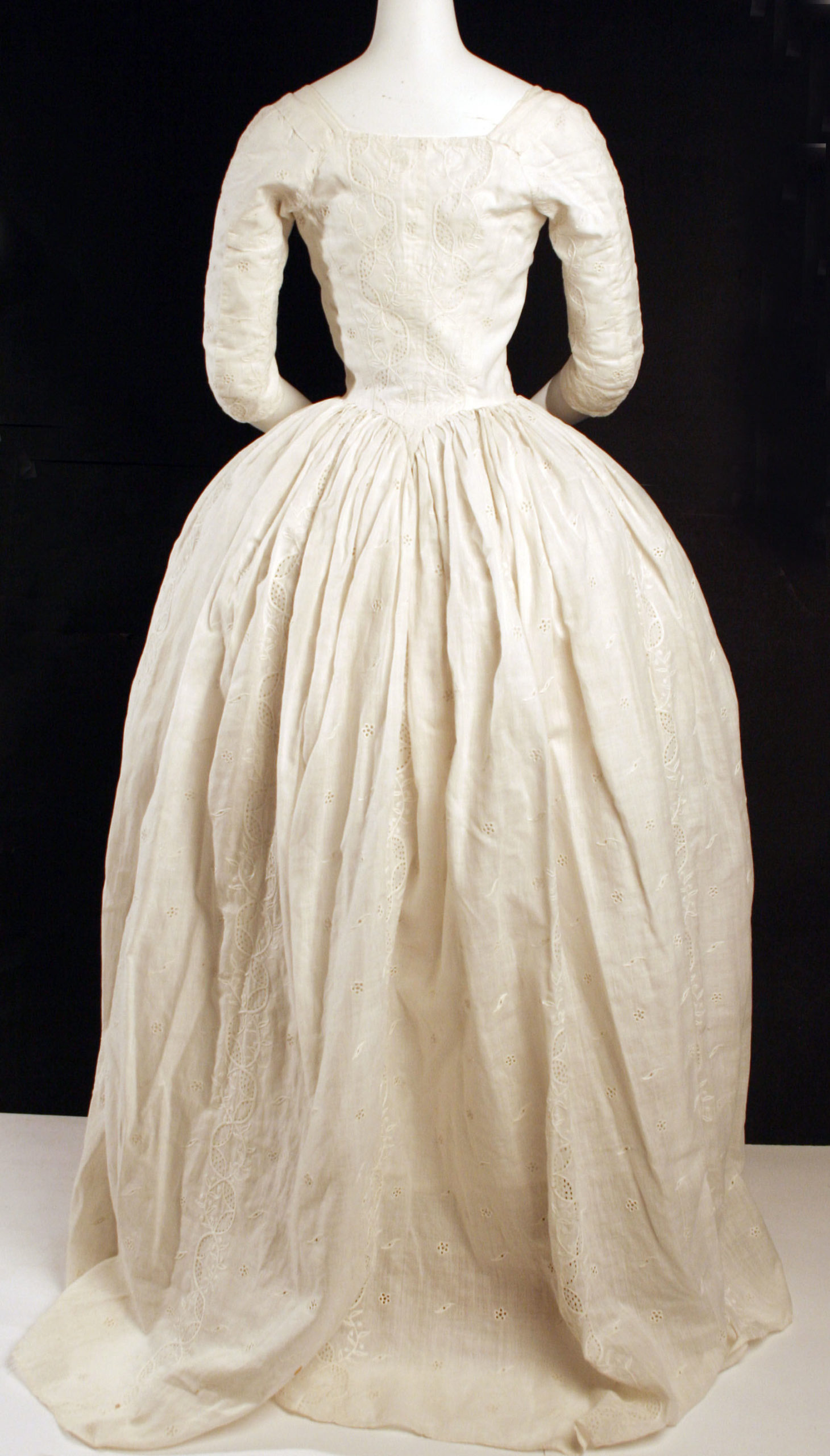

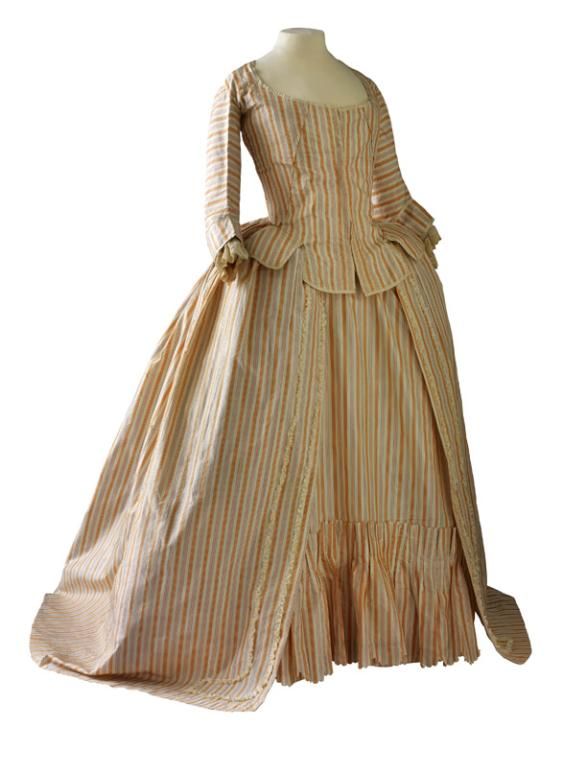
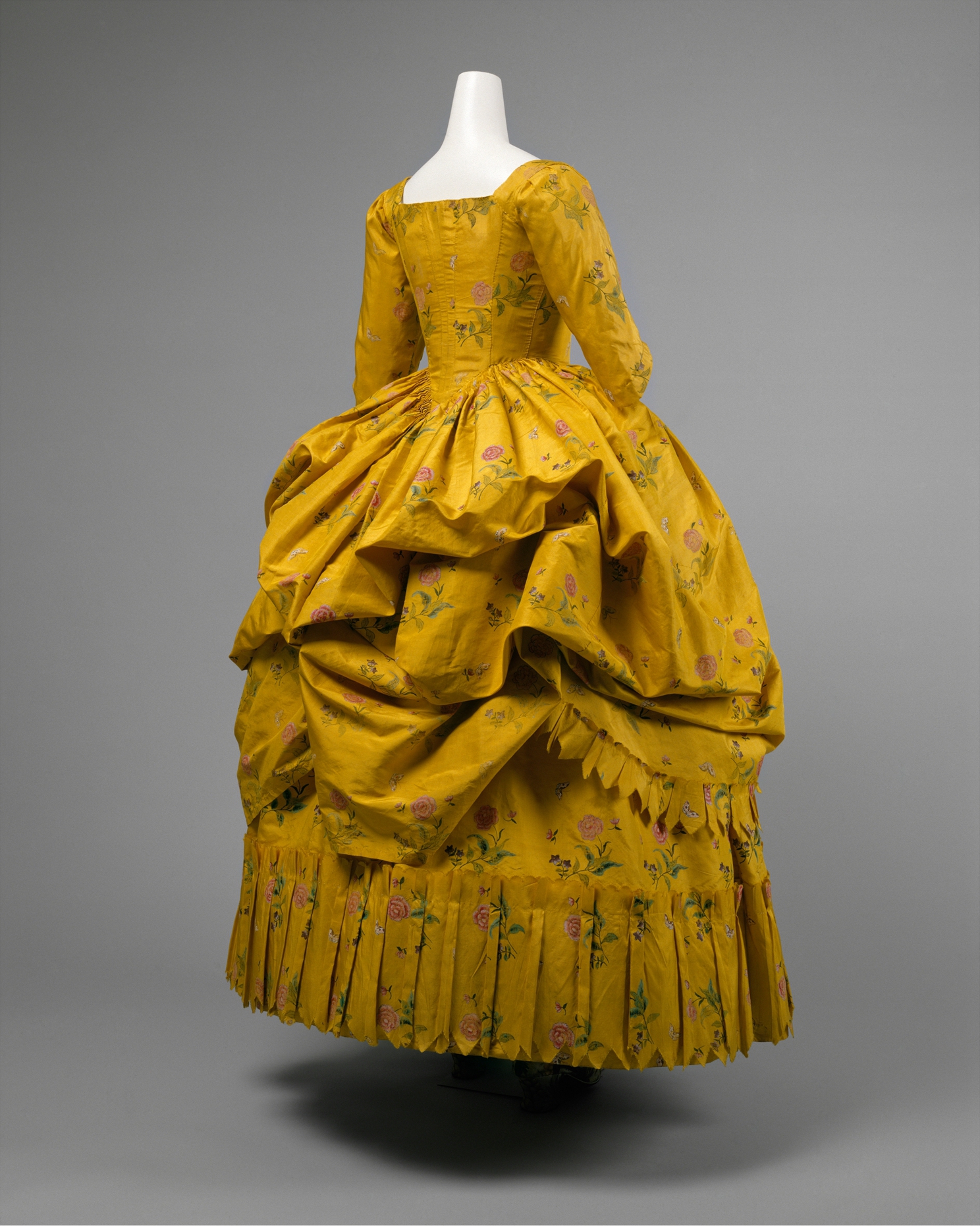
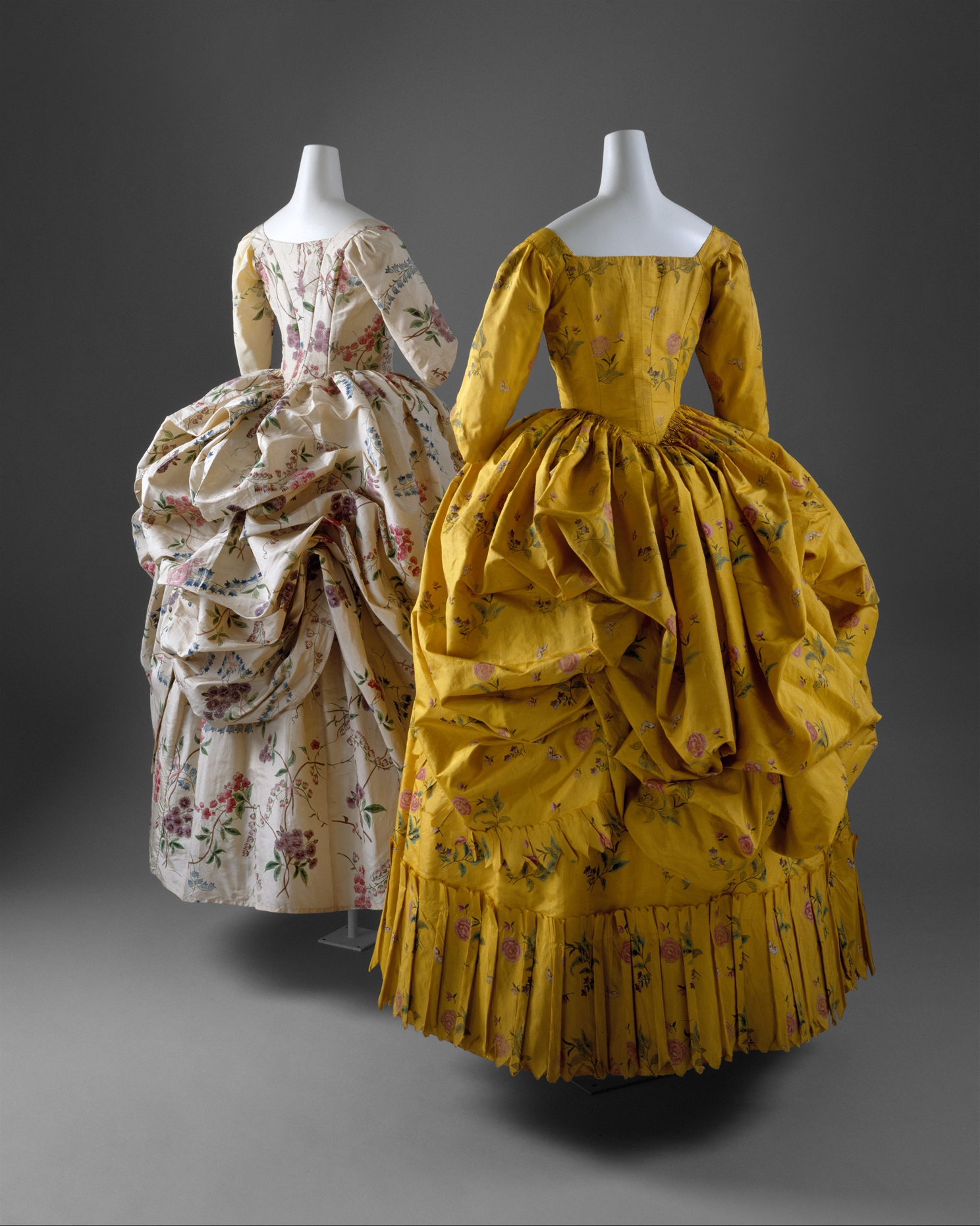
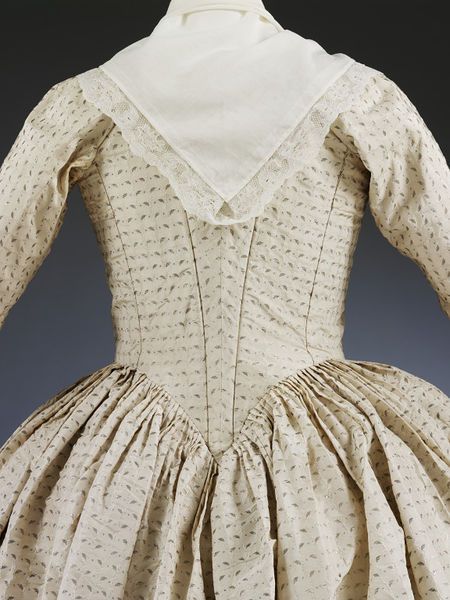
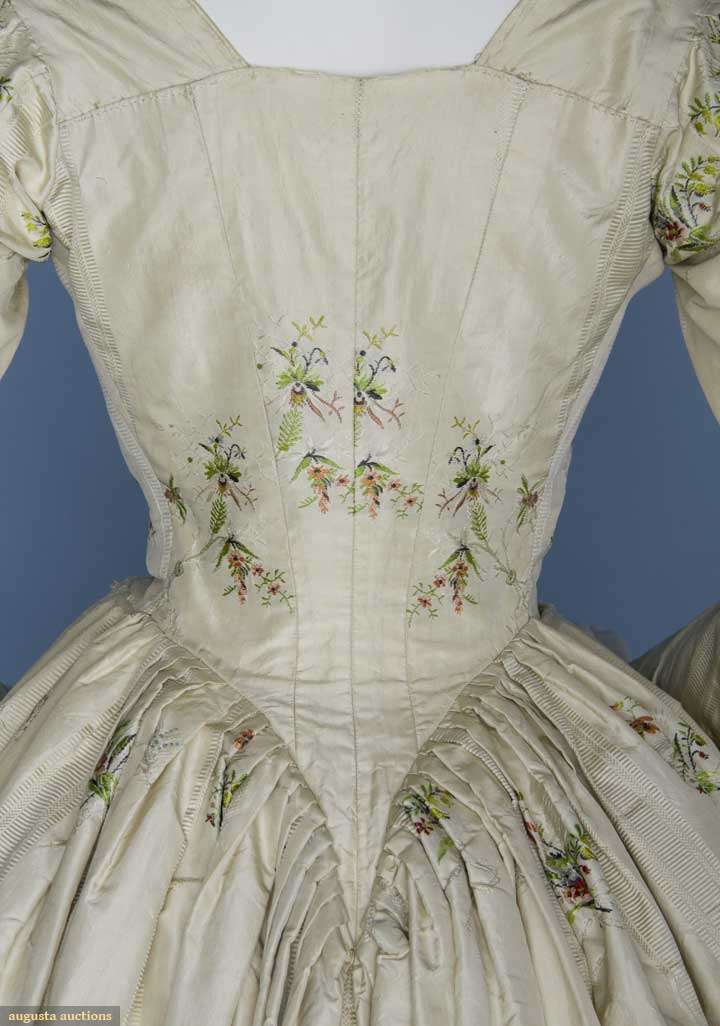
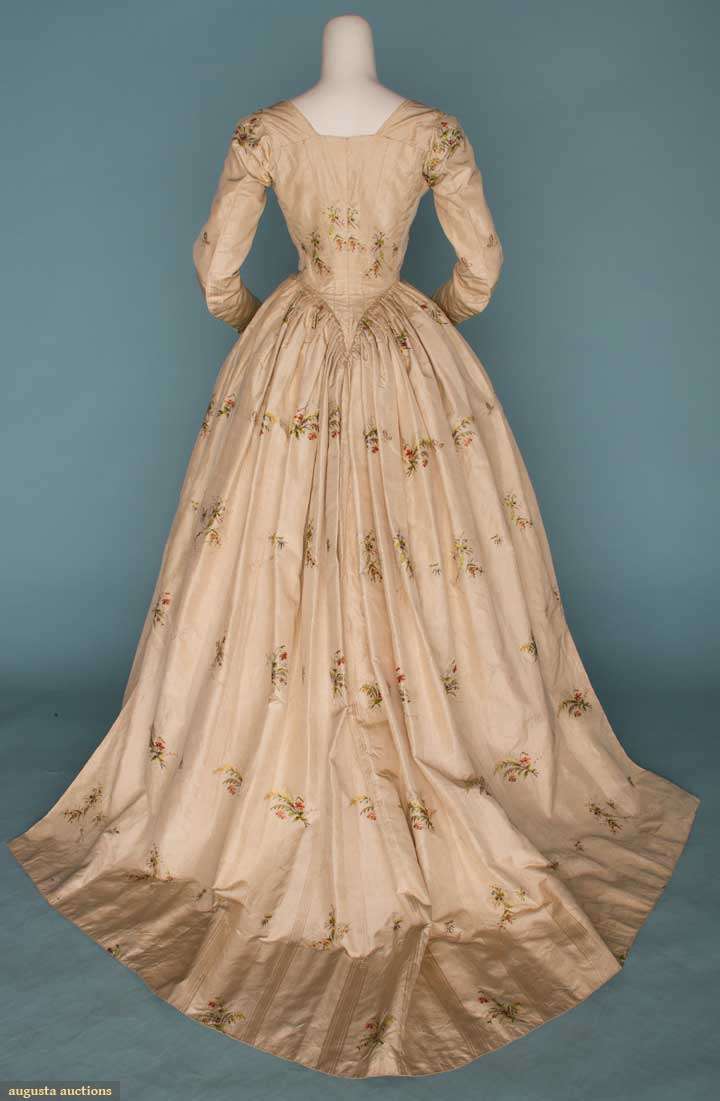
Thank you for bringing these period styles to life.
Thank you for enjoying them and supporting Scroop Patterns
[…] Oakes, L. (2023, April 26). The inspiration behind the Adiah gown. TheDreamstress. https://thedreamstress.com/2023/04/the-inspiration-behind-the-aidah-gown/ […]